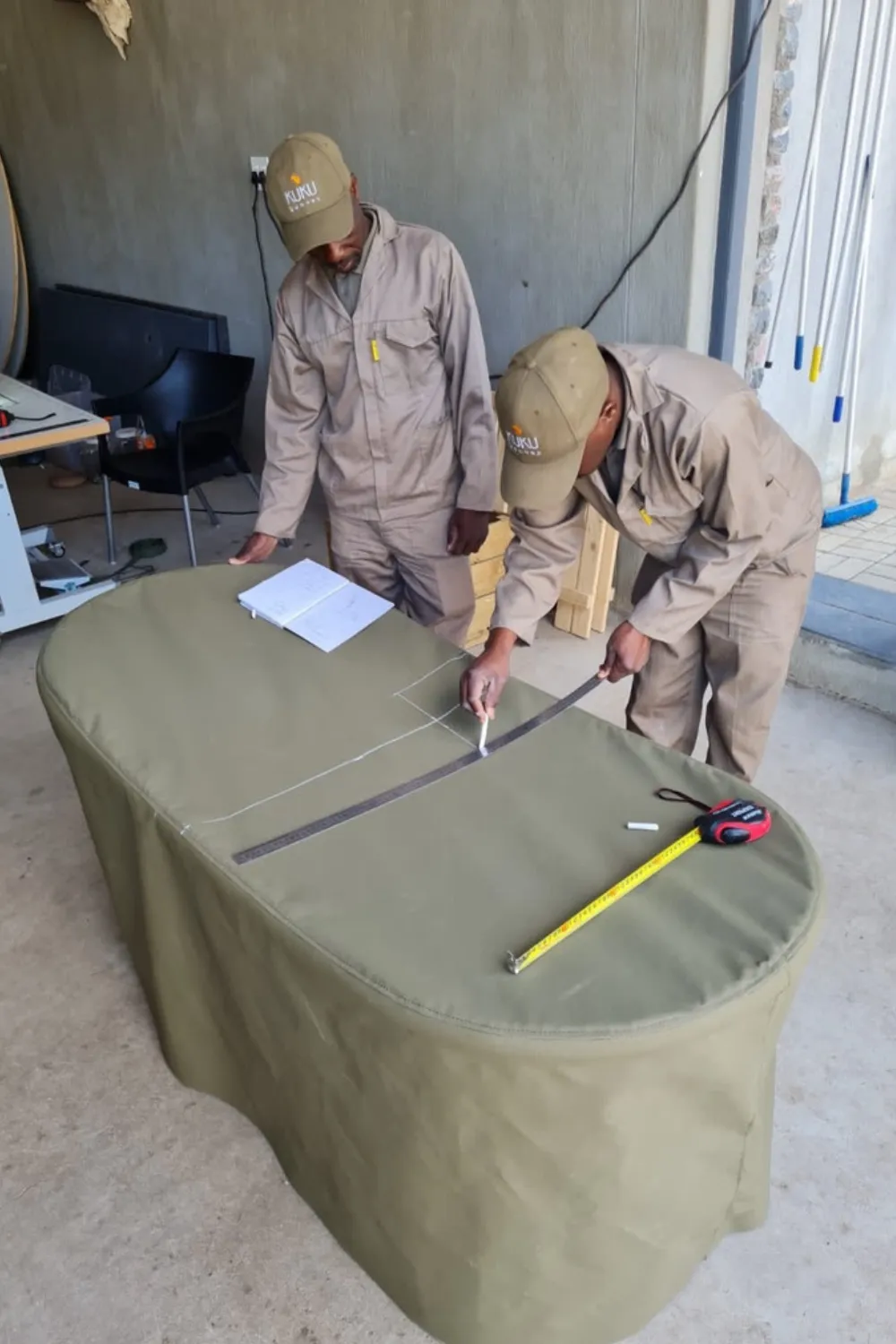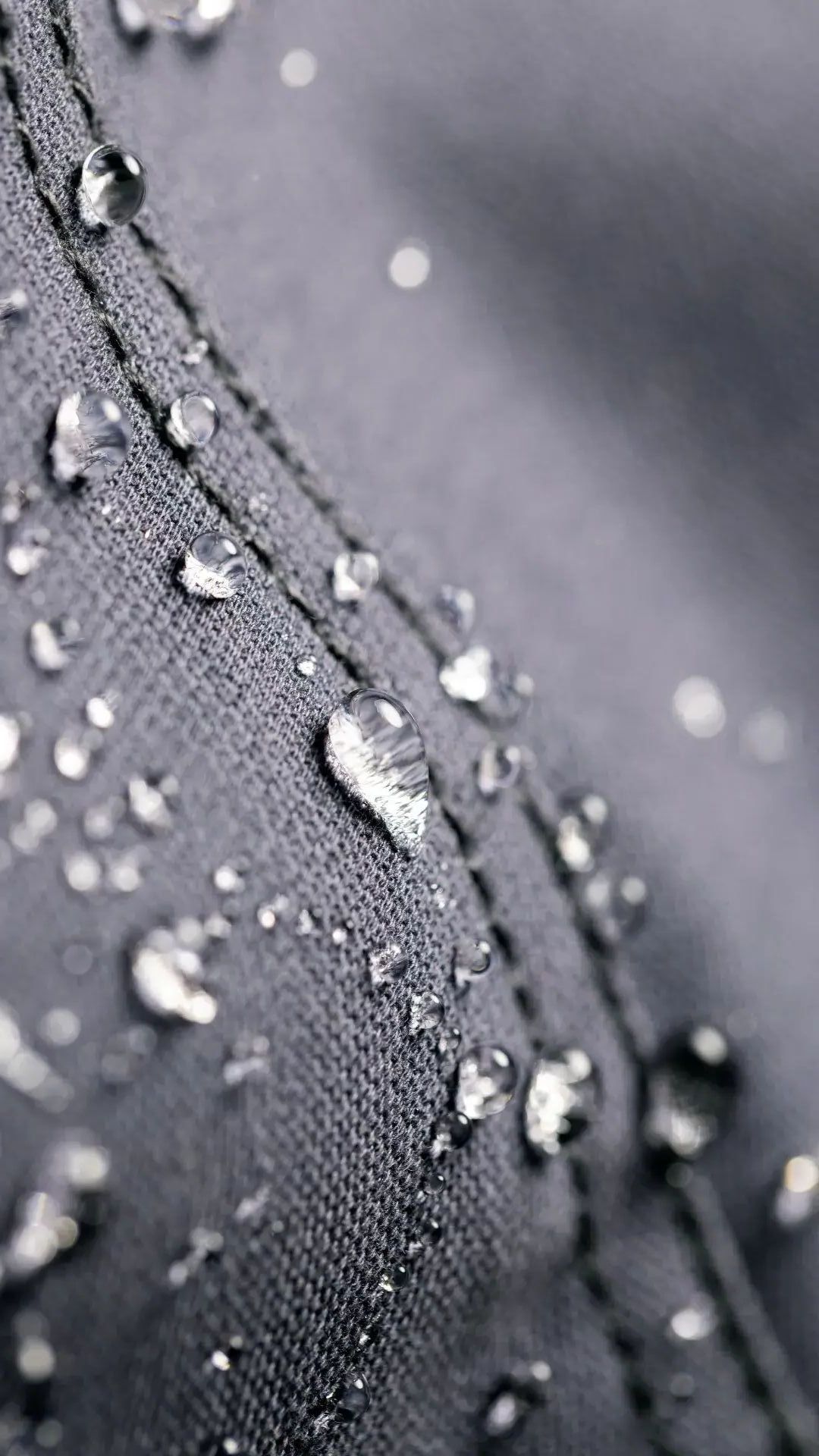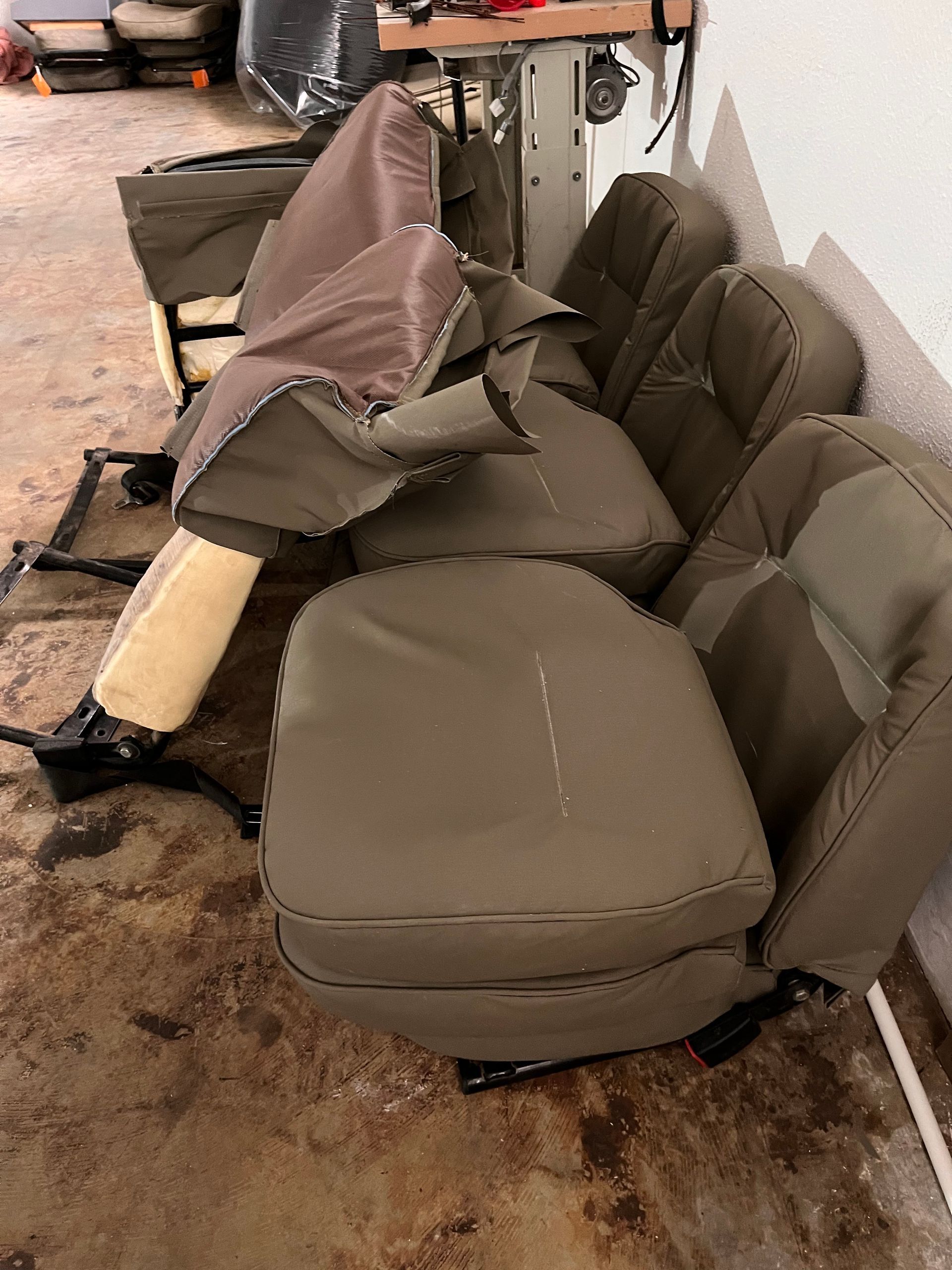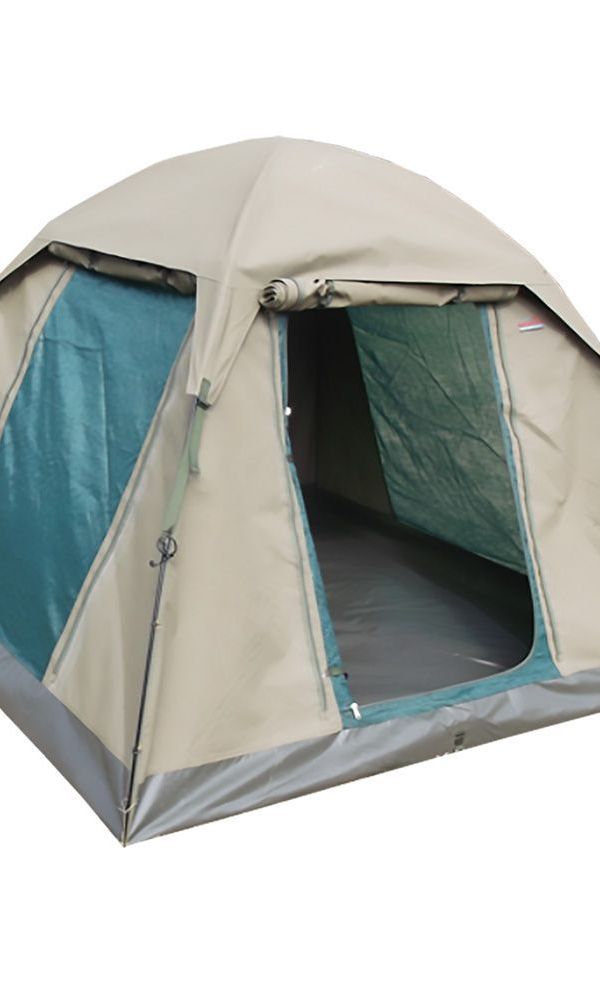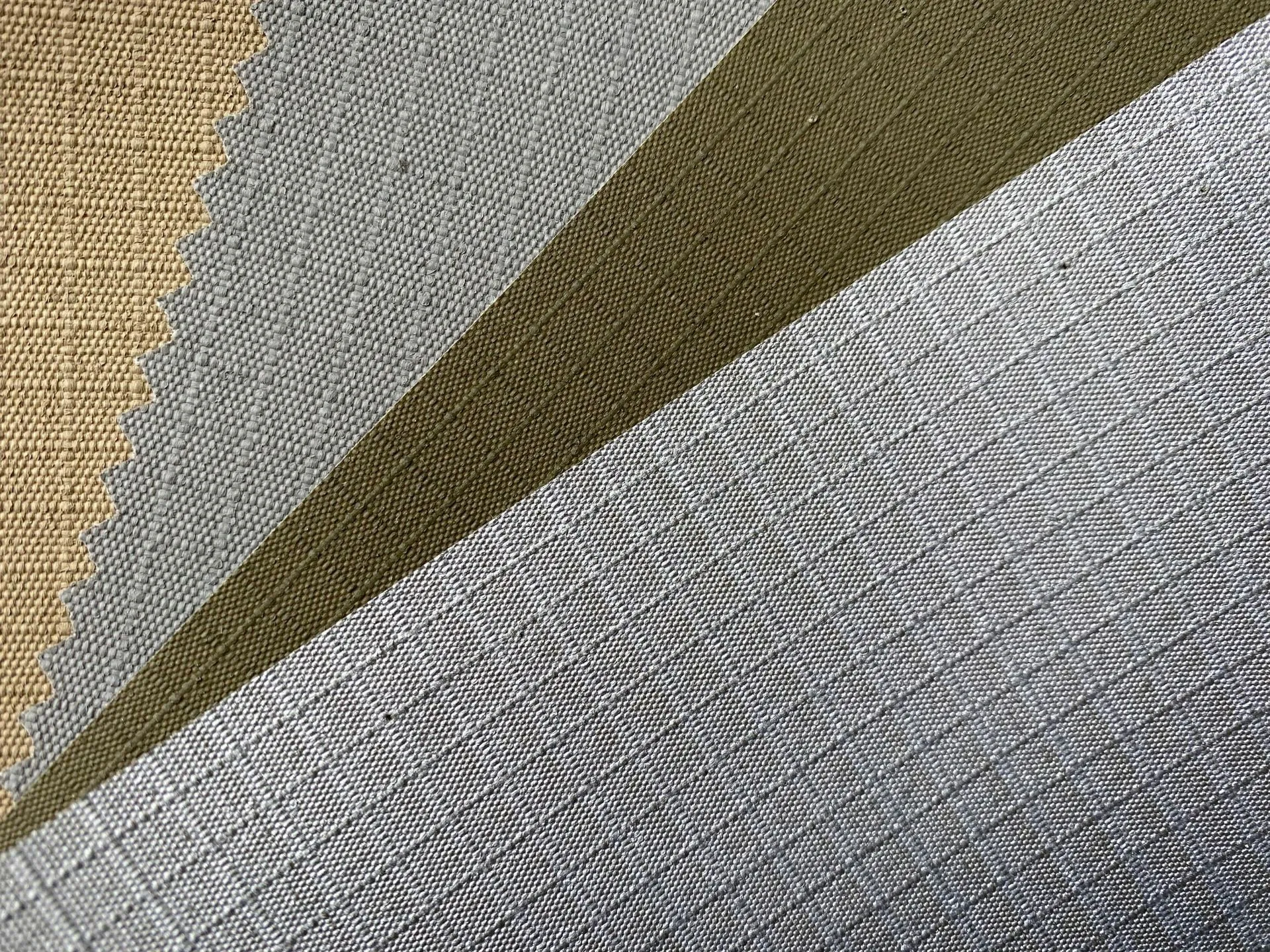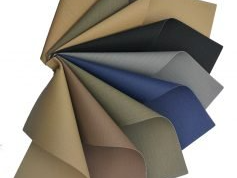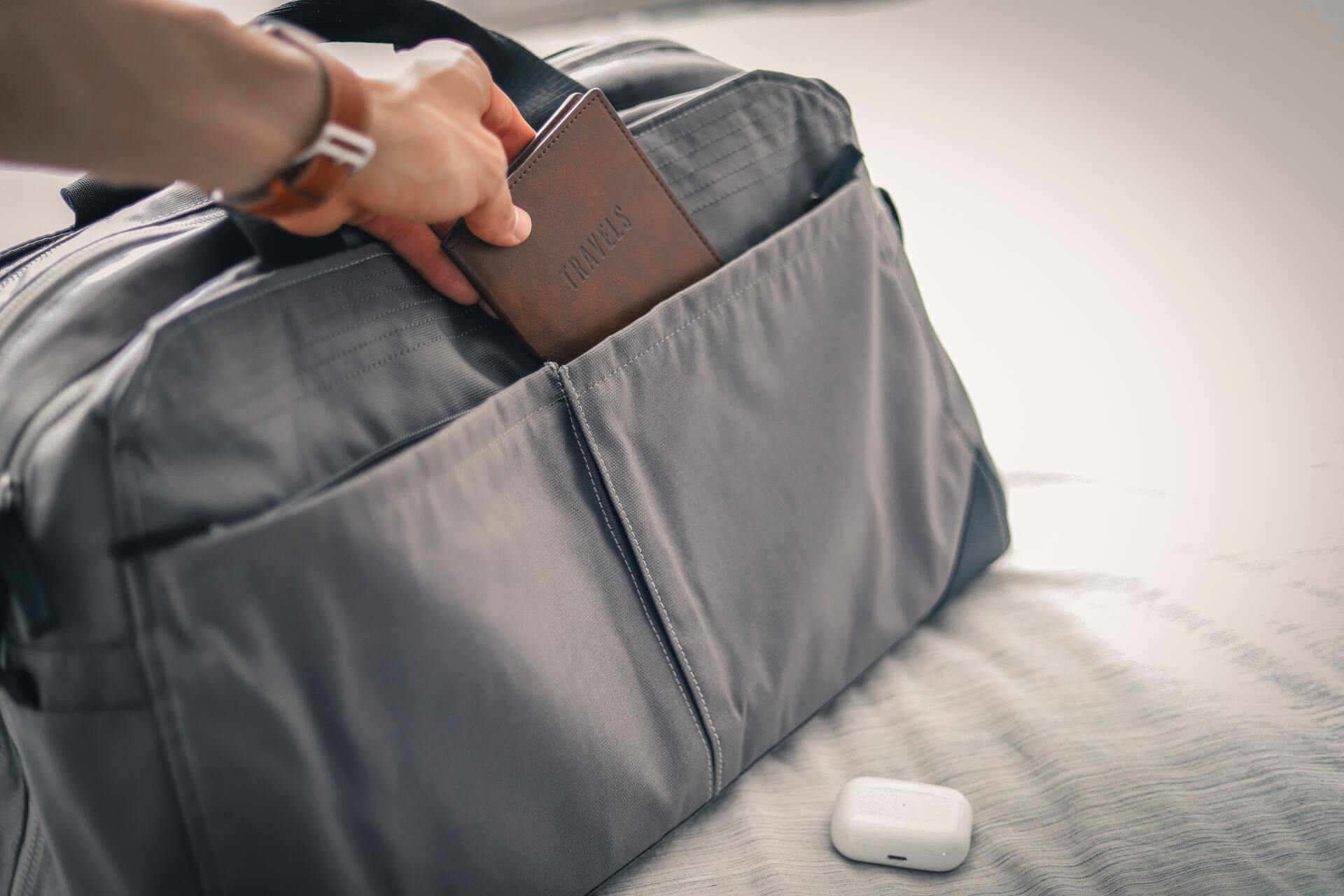Ripstop | Everything You Need To Know About Ripstop Fabric | Comprehensive Guide
Durable Ripstop Fabric for All Your Outdoor Needs
Our high-quality ripstop fabric is perfect for outdoor use. Whether you need a waterproof tent or a durable backpack, our ripstop polyester fabric is designed to last. Browse our selection today!
Ripstop fabric is a must-have material for those looking to create something strong and durable. It’s often used in outdoor and workwear apparel, blankets, tents, and sails. But what exactly is ripstop? And why should you use it for your next project? This comprehensive guide will give you all the information you need to know about ripstop fabric so you can make an informed decision.
From its origins to its uses, this guide will cover all the basics of ripstop fabric. You’ll learn how to identify ripstop in the store, what fabrics are commonly combined with it, and when it’s best to use this material. We’ll also cover some tips on how to care for ripstop so that your finished product lasts as long as possible. Finally, we’ll look at some of the most popular projects that incorporate ripstop fabric.
By the end of this guide, you’ll be an expert on everything related to ripstop fabric! So let’s dive into what makes this unique material so special and why it’s worth considering for your next project.
Definition Of Ripstop Fabrich
Ripstop fabric is a type of woven fabric that has a special reinforcing weave. This weave makes it resistant to tearing and ripping. It’s often used in tents, backpacks, clothing, and even sails. The ripstop definition refers to the regular pattern of heavier threads interwoven into a lighter fabric.
Fabric definition can also refer to ripstop material, which is made from nylon or polyester. This type of material is lightweight yet strong and durable. It’s also water-resistant and quick-drying, making it ideal for outdoor use. As an added bonus, ripstop material doesn’t lose its shape easily, so you won’t have to worry about your items becoming misshapen over time.
Ripstop fabric has many useful properties that make it great for a variety of applications. Its strength and durability make it perfect for camping trips or other outdoor activities where protection from rips and tears is needed. Its water-resistant nature makes it suitable for use in wet conditions like sailing or fishing trips as well.
To sum up, ripstop fabric offers excellent protection against wear and tear while remaining lightweight and having good breathability properties too. Moving on, let’s take a closer look at the properties of ripstop material in more detail…
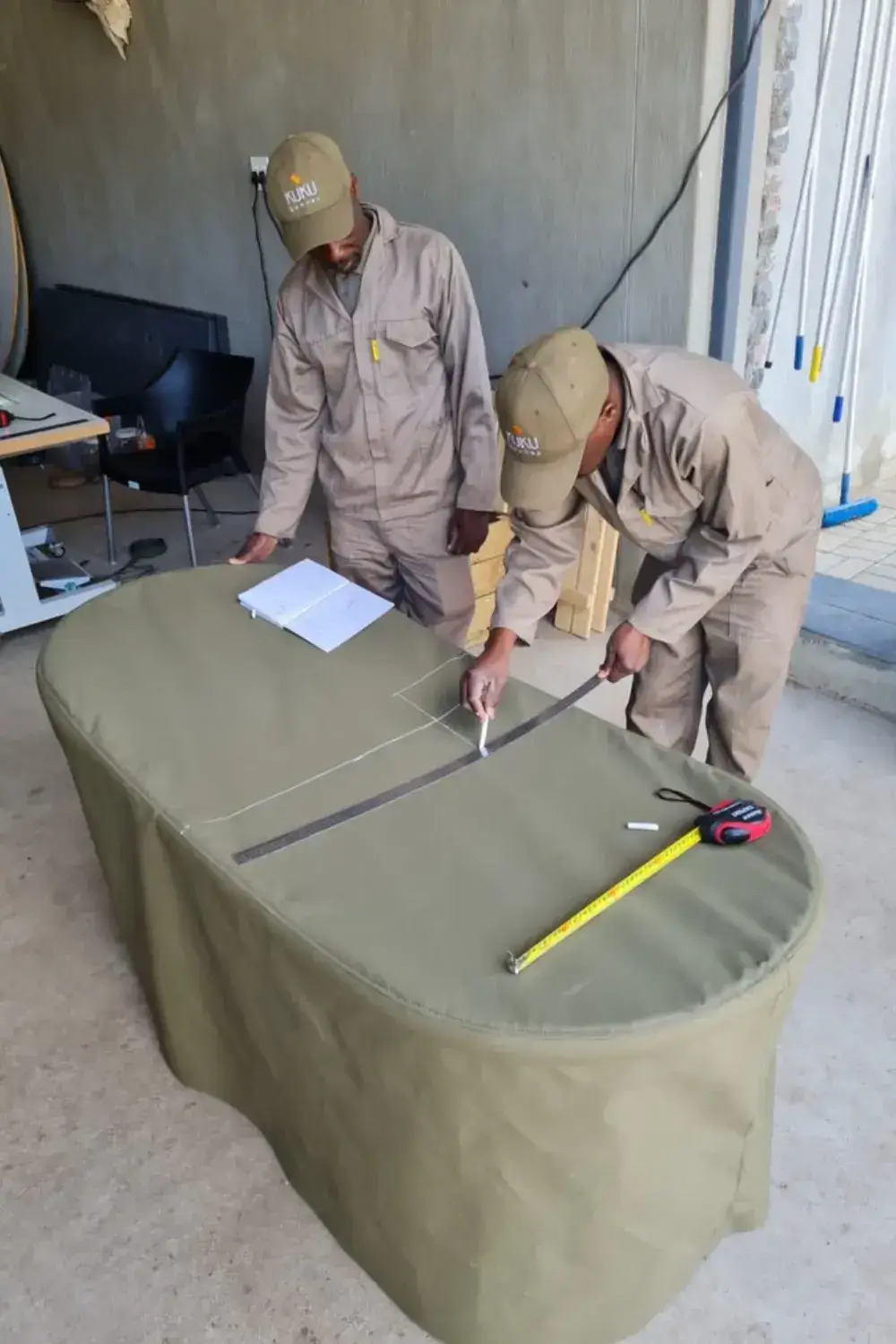
Properties Of Ripstop Material
Ripstop fabric is an incredibly useful material with a range of unique characteristics. It’s composed of a special weave that gives it its unique look, making it easily distinguishable from other materials. The ripstop weave consists of thick threads that form squares in the fabric, giving it extra strength and durability.
This material also has a lightweight yet strong construction, making it perfect for many applications. It’s lightweight enough to be used in everyday clothing and apparel, yet strong enough to be used for outdoor items such as tents and backpacks. Its strength-to-weight ratio makes it especially useful for camping gear and sailcloth.
The ripstop fabric is also highly resistant to tearing and ripping, even when exposed to extreme conditions such as wind or water damage. This makes it ideal for situations where high strength is required but weight needs to be kept low. Its durability means it can withstand the elements and provide long-term use.
These properties make ripstop an invaluable material for many different purposes. With its distinctive weave, lightweight design, high strength, and resistance to damage, this versatile fabric can be used in almost any application imaginable. As we move on to the next section, let’s explore some of the potential uses of ripstop fabric.
Uses Of Ripstop Fabric
Ripstop fabric has a wide range of uses, from outdoor gear to clothing. It is used for making durable tents, sails, bags and other items that need to be lightweight and resistant to tearing. Ripstop tents are popular among campers and hikers because of their lightweight design, durability and resistance to strong winds.
Ripstop clothes are also gaining popularity because of their stylish yet practical designs. They are made with fabrics that have a distinct woven pattern, making them both water-resistant and breathable. This makes them the perfect choice for outdoor activities such as camping or hiking.
The most common use of ripstop fabric is in the production of sails. Its high tensile strength makes it ideal for boat sails where it can withstand strong winds while remaining lightweight enough to not add too much bulk to the boat. With its waterproof properties, ripstop fabric is also used in making bags which can carry a variety of items without getting damaged by moisture or dirt.
Ripstop fabric has many uses, ranging from outdoor gear to clothing. Its unique combination of qualities make it the perfect material for items that require lightness and durability. With its wide range of applications, ripstop is set to become one of the most popular fabrics on the market today. Next up we’ll look at some advantages and disadvantages associated with using this type of fabric.
Advantages And Disadvantages
Ripstop fabric has a number of advantages that make it an attractive option for clothing and other items. It’s very durable, making it a great choice for items that need to be able to withstand wear and tear. Additionally, the fabric is strong enough to hold up well against harsh weather conditions, such as wind and rain. Its lightweight construction also makes it easy to transport and store. Furthermore, ripstop fabric is water-resistant, meaning that any water spilled on the material won’t soak in and damage the fibers.
On the other hand, ripstop fabric does have some disadvantages that should be taken into consideration when choosing this type of material. Firstly, it can be prone to snagging or tearing if not handled carefully. Secondly, it can be expensive compared to other fabrics since it is made from synthetic materials. Finally, although ripstop is highly resistant to water, its breathability may be limited in certain applications.
Overall, ripstop fabric has many advantages that make it a great choice for many applications. Its strength and durability make it an ideal material for outdoor items like tents and backpacks, while its lightweight construction makes it easy to transport or store when not in use. However, care should be taken when using ripstop due to its potential for snagging or tearing if not handled carefully. Moving forward with proper care and maintenance will ensure that your item remains protected from damage while still offering superior performance over time.
Care And Maintenance
Now that you know the advantages and disadvantages of ripstop fabric, let’s move on to how to care for it. Ripstop is a durable fabric, but it still requires proper maintenance in order to retain its strength and longevity. Washing ripstop fabric should be done with cold water and a gentle detergent. Avoid harsh chemicals and bleach as they can damage the fabric. When cleaning ripstop, use a soft brush or cloth instead of scrubbing vigorously. After washing, hang the material up to dry in a well-ventilated area.
When storing your ripstop material, make sure it’s completely dry before folding it up. Also, store the fabric in a cool location away from direct sunlight as this can cause the material to fade over time. Additionally, try not to leave your ripstop folded for extended periods of time as this can create permanent creasing in the fabric.
Caring for your ripstop material doesn’t have to be complicated if you follow these simple tips for washing and cleaning your fabric as well as properly storing it when not in use. Following these tips will help ensure that your ripstop remains strong and durable for years to come!
Frequently Asked Questions
What Is The Cost Of Ripstop Fabric?
When it comes to the cost of ripstop fabric, there are various factors that affect the price. Depending on the type of fabric, quality, and quantity purchased, prices can range from reasonably affordable to fairly expensive.
The cost of ripstop fabric will depend largely on the type of material it’s made of. Nylon is one of the most common materials used for ripstop fabrics and is generally quite affordable. However, if you want a higher-quality or heavier-weight nylon ripstop fabric, your cost may increase significantly. Other popular materials include polyester and cotton blends, which also vary in price based on quality and weight.
It’s also important to consider how much ripstop fabric you’ll need when calculating the total cost. If you’re making clothes or accessories, you may only need a yard or two for each project. On the other hand, if you’re creating banners or covers for large items, you’ll likely require more material and will have to factor this into your budget accordingly.
No matter what type of ripstop fabric you choose or how much you need for your project, shopping around can help you find the best deal possible. Compare products from various retailers to get an idea of what’s available and look out for discounts and sales that may offer savings on bulk orders.
Is Ripstop Fabric Waterproof?
Is ripstop fabric waterproof? Many people who are considering buying ripstop fabric often wonder this question. Overall, the answer is yes - ripstop fabric is waterproof or water-resistant to some degree. This depends on a variety of factors, including the type of material used in the ripstop and the quality of the waterproofing applied to it.
Ripstop fabrics can offer varying levels of protection from water and moisture depending on how they are treated. Waterproofing treatments such as polyurethane coatings and silicone elastomers can be added to enhance the water-resistance of ripstop fabrics. Additionally, some types of ripstop fabrics are naturally water-repellent due to their tightly woven construction.
The level of waterproofing provided by a particular type of ripstop fabric will depend on its composition and treatment. Therefore, when choosing a waterproof ripstop fabric for an application, it is important to consider its water-resistance properties and how well it will stand up against rainproofing or other moisture exposure. With careful research and selection, consumers can find the right type of ripstop fabric that meets their needs for water-repellency and protection from wet conditions.
How Do I Know If A Fabric Is Ripstop?
So you’ve heard about ripstop fabric and want to know how to identify it? You’re in luck - there are some key characteristics that make it easy to recognize and distinguish from other fabrics.
First, let’s talk about ripstop identification. Look for a square pattern that appears on the fabric, which is formed by thicker threads woven into the material in a crosshatch pattern. This crisscross pattern makes the fabric more resistant to tearing and ripping, which gives it its name - “ripstop”. It also helps reinforce the strength of the material while keeping it lightweight.
Next up are the ripstop features you should look out for. The most common type of ripstop fabric is nylon, although other materials like polyester or cotton can also be found with this weave pattern. Ripstop fabrics often have a shiny or glossy finish due to its waterproofing properties, and they can come in a variety of colors and weights depending on your needs.
Now that you know how to distinguish ripstop from other fabrics, what should you do next? Consider what kind of project you’re working on - if your project requires durability and lightweight qualities then ripstop might be just the thing! However if water resistance isn’t an issue then there may be other types of fabric that would better fit your needs. Take some time to explore your options before making a decision.
How Durable Is Ripstop Fabric?
When it comes to durability, ripstop fabric stands out among its peers. This fabric is a robust and strong material that is designed to last longer than other fabrics. It has the perfect combination of strength and longevity, making it an ideal choice for those looking for something resilient.
Ripstop fabric is known for its exceptional durability, thanks to its double-stitched construction. The extra stitching strengthens the fabric, allowing it to withstand wear and tear much better than other fabrics. It is also very lightweight, which means that it can be used in a variety of applications without adding too much weight or bulk. Additionally, ripstop fabric doesn’t fray easily which makes it less susceptible to damage from rough handling.
The strength and longevity of ripstop fabric make it a great choice for any project that requires a durable material. Whether you’re looking for something to use outdoors or just something that will last longer than your regular fabrics, ripstop is an excellent option. Its unique design allows it to retain its strength and shape even after years of heavy use, meaning you won’t have to worry about replacing your item anytime soon. With proper care and maintenance, ripstop can last for many years before needing to be replaced.
Ripstop fabric offers superior durability when compared with other fabrics on the market today. Its double-stitched construction provides added strength while remaining lightweight enough to be used in various applications without compromising quality or performance. With its excellent longevity and strength, ripstop is an ideal choice for anyone looking for a resilient material they can count on long-term.
Is Ripstop Fabric Breathable?
Ripstop fabric is often associated with strength and durability, but is it breathable? This question refers to the breathability of ripstop fabric, or how easily air passes through it. Understanding the breathability of ripstop fabric is important for anyone looking to purchase this fabric.
The breathability of ripstop fabric can be determined by its air permeability. Air permeability measures how much air can pass through a material when pressure is applied from one side to another. Generally speaking, fabrics with higher air permeability are more breathable than those with lower air permeability. The air permeability of ripstop fabric will vary depending on the type and weave of the fabric, as well as other factors such as the weight and composition of the fabric.
In terms of ventilation, ripstop fabric tends to have good breathability due to its porous nature. This means that it has plenty of tiny holes which allow for airflow and increased ventilation. Additionally, since ripstop fabrics tend to be lightweight and thin, they offer better airflow than thicker materials like denim or leather. All these factors make ripstop a great choice if you’re looking for a fabric that allows plenty of airflow while still providing protection from the elements.
Overall, when considering breathability, ripstop fabric holds up fairly well compared to other fabrics on the market today. It offers good ventilation and air permeability while still providing superior durability and protection from wind and rain.
Conclusion
In conclusion, ripstop fabric is a great choice for anyone looking for a durable and strong fabric that’s relatively inexpensive. It’s important to keep in mind that ripstop fabrics are not waterproof, but they can be treated with a water repellent finish. Additionally, you should be able to tell if a fabric is ripstop just by looking at it since the weave of the fabric will have small squares in a pattern. Ripstop fabrics are also quite breathable, so they’re great for outdoor activities such as camping or fishing.
Overall, ripstop fabric is an excellent option for those who need something lightweight and long-lasting. It’s relatively easy to care for as well, so you won’t have to worry about spending too much time on maintenance or repairs. With that being said, it’s important to remember that the cost of ripstop fabric can vary depending on where you purchase it from and what type of material it is made out of.
The versatility of ripstop fabric makes it ideal for many different uses ranging from clothing to tents and tarps. If you’re looking for something durable and reasonably priced, then consider using ripstop fabric!
Ripstop Polyester
Find out more...
What is Ripstop Fabric Used For
Find out more...



